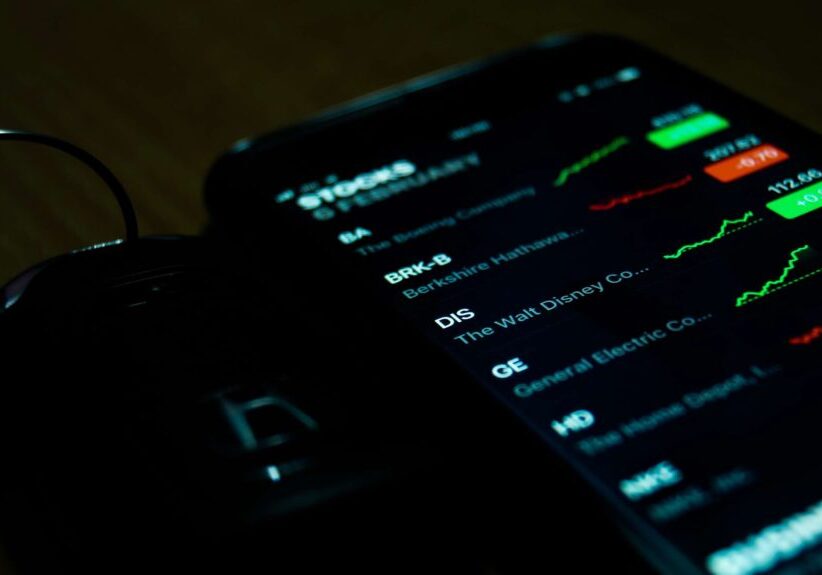We all have one. It’s the place in the house that inevitably becomes a catch-all for every random thing that comes in the door. Whether it’s the built-in desk in your kitchen or you are more traditional with an actual drawer, you’ve gotten into the habit of looking the other way as you walk by because you just don’t know what to do with everything that has accumulated there.
The same thing happens in your financial life. You end up with a random array of accounts, documents, and policies that you’ve accumulated over the years with no apparent strategy. The papers just keep piling up and you can never quite get around to dealing with them. By now, it’s even keeping you from making financial decisions because you’re not sure what’s in the drawer or what you have to work with.
Find The Junk
Can you relate? If you have a financial junk drawer, the first step in cleaning it out is finding the junk itself. Pull up a blank document on your computer or grab a good old-fashioned pen and paper and start to list everything you have. You won’t be able to deal with the junk if you don’t first identify it. You may be surprised once you start digging through things with how much you’ve actually accumulated.
Deal With The Junk
Once you know what junk is there, you can start to clean it up. Take things one at a time to avoid being overwhelmed. Close unused accounts and credit cards. Review and update wills and powers of attorney. Consolidate retirement accounts.
Your goal shouldn’t just be to get rid of everything in your financial junk drawer but to give it purpose. A qualified financial advisor can help you analyze each piece of junk and decide what to do with it. They can help you think through all of your options and the ramifications of each.
Develop A Plan
How many times have you cleaned out your kitchen junk drawer only to return months later and find it in worse condition? If you don’t have a plan going forward, you will likely end up in the same place again.
In your financial life, it is important to develop a plan where every dollar has a dedicated purpose. If you don’t plan ahead, you’ll be wondering where your money went and what you got for it. While it’s wise to have a budget, your plan needs to go beyond just your day-to-day spending. You need to include short-term, mid-term and long-term goals as well.
Short-Term Goals
Short-term goals are things like paying off a credit card, buying new tires, or saving for a summer vacation. They are things that you have to plan for because you won’t be able to do them all with one paycheck. However, they are for the immediate future, so they won’t involve stock market investing or things like that.
If you don’t plan for your short-term goals, you will end up financing them with credit cards. They will cost you a lot more in the long run and you will still be paying them off long after their memory has faded.
Mid-Term Goals
Mid-term goals are those that will take 2-5 years to accomplish. This may be saving up for a down payment, starting a business, or paying off student loans. Mid-term goals are easily overlooked and put off for too long. Having a written plan will help you work towards these goals and not let immediate spending decisions derail them.
What to do with the money you are saving towards your mid-term goals can be tricky as well. The stock market is risky for such a short time frame, but you don’t want to lose too much to inflation either. An experienced financial professional can help you find the best place to save for your mid-term goals.
Long-Term Goals
Long-term goals like retirement tend to be at the top of people’s minds, yet they are easy to put off because of the long time horizon. We can see from the fact that a third of Americans have no retirement savings that if you don’t plan for them they won’t happen. As you develop a plan for your finances, you need to integrate your goals for every stage of life if you don’t want to be caught off-guard in your most vulnerable years.



